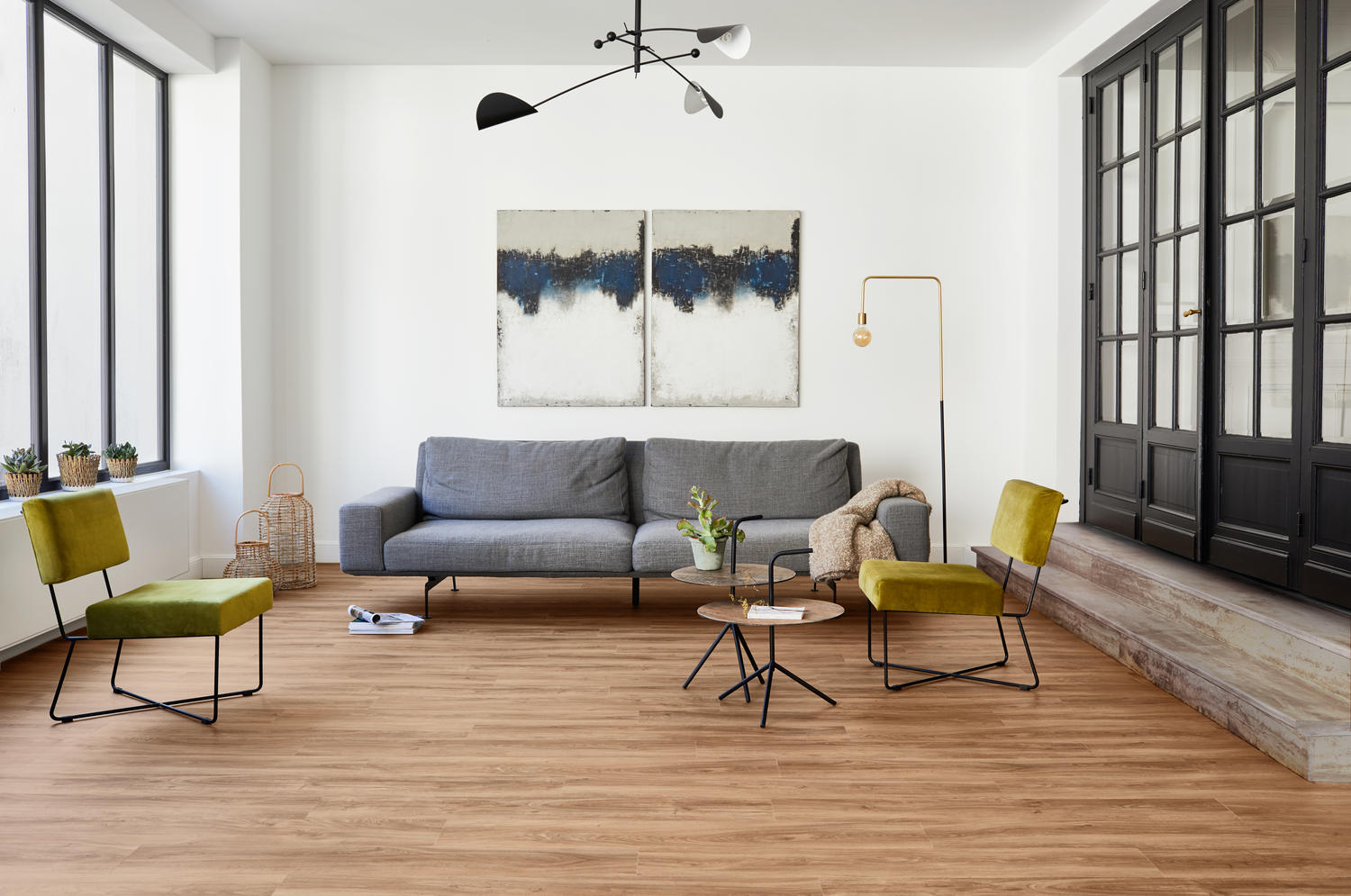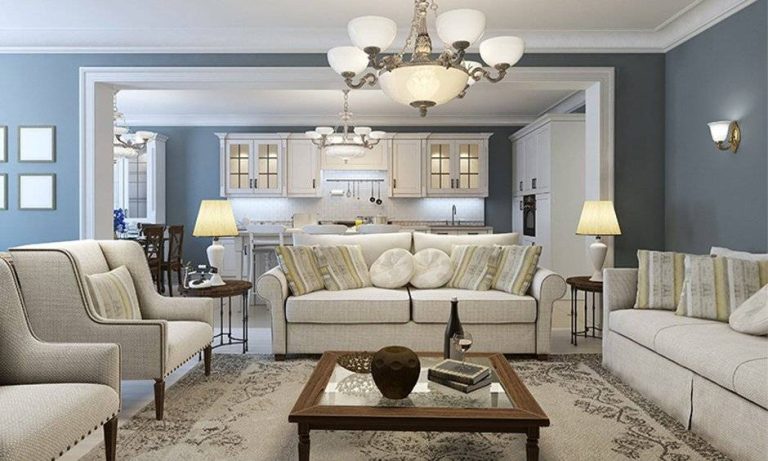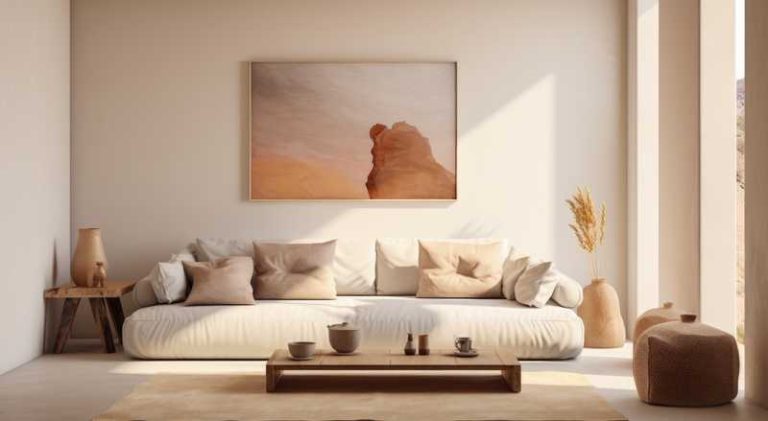
In the ever-evolving world of home decor, the debate between style and minimalism remains a hot topic. Both approaches have their merits, each offering a unique perspective on how we can design our living spaces to reflect our personalities, tastes, and lifestyles. The choice between a more elaborate, styled approach and the pared-down simplicity of minimalism is not one to be taken lightly. However, it’s not always a matter of choosing one over the other; many modern homes strike a delicate balance between the two. In this article, we explore both sides of the debate, examining the principles, benefits, and challenges associated with each, to help you determine what works best for your home.
The Essence of Style in Home Decor
Style in home decor is the art of expressing personality through a curated collection of furniture, accessories, colors, textures, and patterns. It’s all about creating an environment that speaks to the homeowner’s tastes, preferences, and values. There is no one-size-fits-all when it comes to styling a home, as the term “style” can encompass a broad spectrum of design trends, from eclectic and vintage to modern or even bohemian.
What makes style in home decor so appealing is its capacity to convey a sense of warmth, individuality, and lived-in comfort. A well-styled space feels inviting, with layers of thoughtfully chosen items that speak to the owner’s identity. For instance, vintage furniture pieces, colorful artwork, and a collection of personal artifacts can imbue a room with a sense of history and personality that is often absent in minimalist interiors.
Styling often involves the careful juxtaposition of contrasting elements—such as combining bold prints with subtle textures or blending antique and contemporary furniture—that creates visual interest and emotional resonance. This tactile and visual richness appeals to many people, especially those who enjoy curating their spaces over time. Styling offers room for creative expression, turning a house into a reflection of its inhabitants’ story.
Minimalism: The Power of Less
On the opposite end of the spectrum lies minimalism, a design philosophy rooted in the idea that less is more. Minimalist home decor focuses on creating serene, uncluttered environments that foster a sense of tranquility and order. In minimalist spaces, every element must serve a clear purpose—nothing extraneous is allowed. Furniture is sleek and often multifunctional, and decor is pared down to the essentials. The result is a room that feels open, peaceful, and sophisticated.
The minimalist aesthetic is driven by clean lines, neutral colors, and an emphasis on natural materials such as wood, stone, and metal. It champions functionality over ornamentation and encourages a less-is-more mindset that can be incredibly freeing. In a world filled with constant sensory overload, minimalism offers a sanctuary. It promotes mindfulness and clarity, allowing individuals to focus on what truly matters in their homes. By eliminating unnecessary distractions, minimalist spaces often provide a calming backdrop for daily life.
Minimalism also speaks to the environmental and sustainability movements, as it encourages fewer possessions and the prioritization of quality over quantity. The idea is that by choosing fewer, higher-quality items, people can live more intentionally and reduce their overall consumption. This approach often aligns with a desire for a more thoughtful, sustainable lifestyle.
The Case for Style: Emotional and Personal Connection
One of the most compelling reasons people gravitate towards styled interiors is the emotional connection they foster. Styled spaces tell a story; they showcase the personalities, interests, and travels of the homeowners through carefully chosen design elements. Whether it’s the bold color of a statement wall or a collection of family heirlooms displayed on a shelf, a styled room is an expression of who you are and what you love.
In many ways, style can evoke feelings of comfort, nostalgia, and joy. For example, displaying personal photographs, travel souvenirs, or mementos from important life events can imbue a space with emotional significance. These items are not simply decorative—they carry a personal narrative that adds warmth and character to a home. When friends and family visit, they don’t just see a well-designed room; they experience the essence of who lives there.
Additionally, styled spaces tend to be more versatile in accommodating a wide range of tastes. People can experiment with different color schemes, patterns, and textures to create a space that feels both visually appealing and emotionally resonant. For those who enjoy constantly evolving their decor, styling offers endless opportunities to refresh and reinvent a room by switching out accent pieces, rugs, or curtains to suit the season or mood.
The Case for Minimalism: Order and Serenity
Minimalism, on the other hand, thrives on order and clarity, providing an antidote to the clutter and chaos often found in more stylistically busy spaces. The open, airy feel of a minimalist home offers a sense of calm and focus that can be particularly beneficial in today’s fast-paced, high-stress world. Every piece in a minimalist room has a clear purpose, reducing distractions and encouraging a sense of harmony.
Minimalism’s emphasis on clean lines and neutral palettes helps create a timeless, versatile aesthetic that remains relevant regardless of changing trends. Rather than focusing on specific styles, minimalism creates a strong foundation that can adapt to various influences and design trends. For instance, a minimalist living room with neutral tones and simple furniture can easily incorporate bold, modern artwork or soft, plush textiles without overwhelming the space. This flexibility makes minimalism a popular choice for those who want a long-term solution that requires less maintenance.
Moreover, the minimalist approach promotes mindfulness and intentionality, encouraging individuals to curate their belongings and invest only in pieces that truly serve a function or add value to their lives. This aligns with a growing movement toward sustainability and conscious consumerism, where quality and durability take precedence over quantity.
Finding the Balance: A Hybrid Approach
While both styles offer unique advantages, many homeowners find that the best approach is not to choose one over the other, but rather to combine elements of both. This hybrid approach allows individuals to enjoy the emotional richness of styling while maintaining the order and serenity of minimalism.
One way to achieve this balance is by embracing the minimalist philosophy of “less is more” but incorporating select, meaningful pieces that bring personal style into the mix. For example, a minimalist living room might feature a simple, neutral sofa paired with a few well-chosen statement pieces—a bold artwork, a unique lamp, or a colorful throw pillow. This approach allows you to retain a sense of spaciousness and order while still injecting personality into the space.
Another option is to use minimalist principles as a foundation and gradually introduce more style through layering. Start with a neutral, clean-lined backdrop and add accessories or furniture with character, such as an antique mirror, a vintage rug, or an eclectic light fixture. This approach creates a room that feels balanced—one that is both stylish and serene.
Conclusion: What Works Best for You?
Ultimately, the decision between style and minimalism in home decor comes down to personal preference and lifestyle. If you thrive on creativity and enjoy expressing yourself through a diverse range of colors, textures, and accessories, a more styled approach may resonate with you. On the other hand, if you prefer simplicity, tranquility, and a clutter-free environment, minimalism may be the better choice.
Both styles have their place, and it’s not necessary to choose one exclusively. Whether you lean more towards minimalism or style, what’s most important is that your home feels like a reflection of who you are and supports the way you live. By thoughtfully considering both approaches, you can create a space that is not only beautiful but also functional and meaningful—one that truly feels like home.





